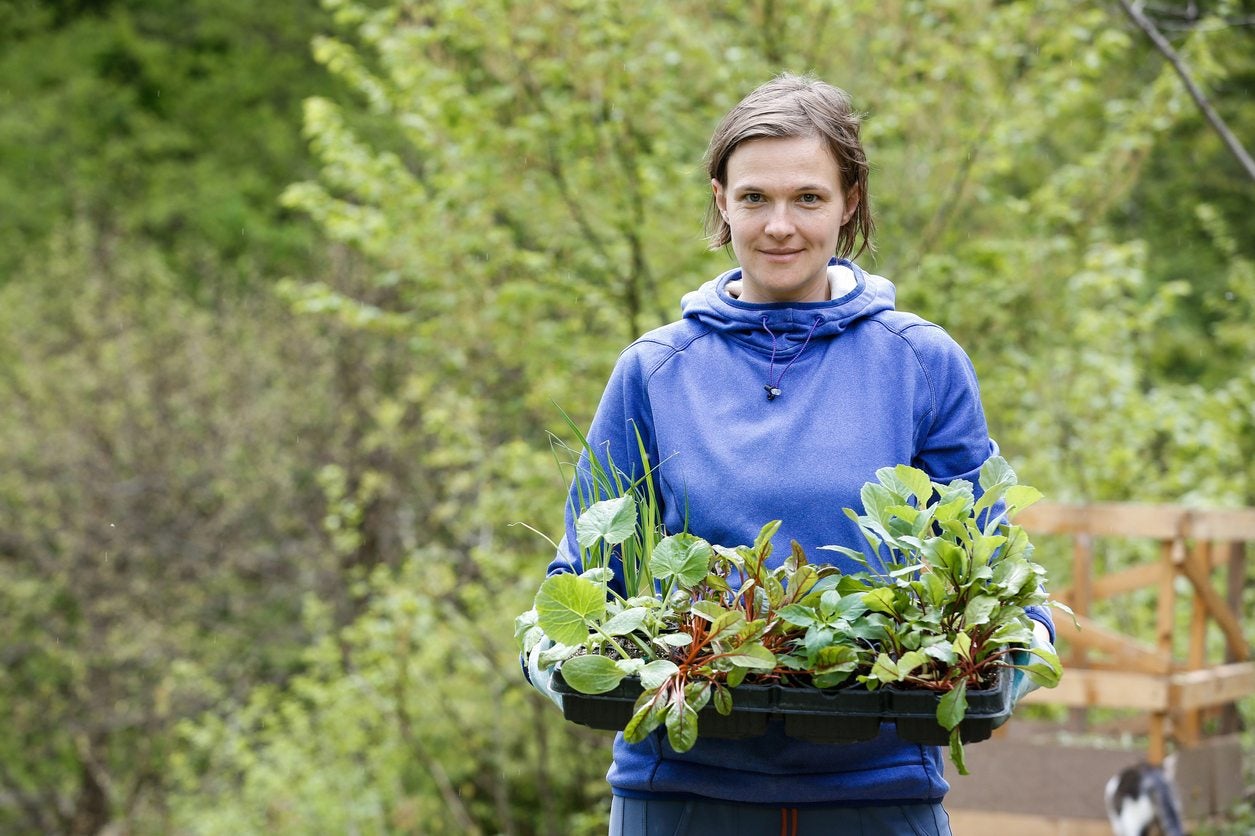Vegetables For Zone 6 – Growing Vegetables In Zone 6 Gardens


USDA zone 6 is an excellent climate for growing vegetables. The growing season for hot weather plants is relatively long and is bookended by periods of cool weather that are ideal for cold weather crops. Keep reading to learn more about choosing the best vegetables for zone 6 and planting zone 6 vegetable gardens.
Vegetables for Zone 6
The average last frost date in zone 6 is May 1st, and the average first frost date is November 1st. These dates will probably vary somewhat for you depending upon where you live in the zone, but regardless, it makes for a pretty long growing season that will accommodate most hot weather plants. That being said, some annuals need more time, and growing vegetables in zone 6 sometimes requires starting seeds indoors ahead of time. Even vegetables that could technically reach maturity if started outdoors will produce much better and longer if given a head start. Many hot weather vegetables like tomatoes, eggplants, peppers, and melons will benefit greatly from being started indoors several weeks before the average last frost and then planted out when the temperature rises. When growing vegetables in zone 6, you can use the long periods of cool weather in spring and fall to your advantage. Some frost hardy vegetables, like kale and parsnips, actually taste much better if they’ve been exposed to a frost or two. Planting them in late summer will get you tasty vegetables long into the autumn. They can also be started in the spring several weeks before the last frost, getting you an early start on the growing season. Fast-growing, cool weather crops like radishes, spinach, and lettuce will likely be ready for harvest before you even get your warm weather transplants in the ground.
Gardening tips, videos, info and more delivered right to your inbox!
Sign up for the Gardening Know How newsletter today and receive a free copy of our e-book "How to Grow Delicious Tomatoes".

The only child of a horticulturist and an English teacher, Liz Baessler was destined to become a gardening editor. She has been with Gardening Know how since 2015, and a Senior Editor since 2020. She holds a BA in English from Brandeis University and an MA in English from the University of Geneva, Switzerland. After years of gardening in containers and community garden plots, she finally has a backyard of her own, which she is systematically filling with vegetables and flowers.